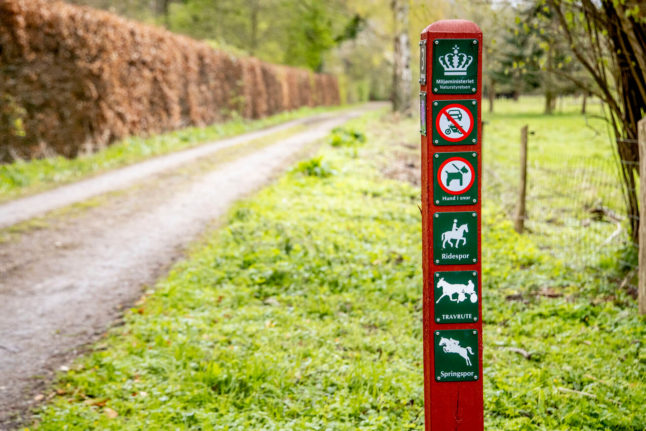The wild garlic (ramsløg in Danish) season, which lasts from March until June, is set to arrive with early spring in Denmark. It is not uncommon for people in the Nordic country to pick the plant in the wild and use it for cooking, for example as an alternative to regular garlic or onion.
Care should be taken not to confuse the plant with its poisonous doppelgänger, the lily-of-the-valley (liljekonval), the Danish Veterinary and Food Safety Administration (Fødevarstyrelsen) said in a statement.
An advice line operated by the food safety agency, Giftlinjen, regularly receives calls in springtime from members of the public concerned they have eaten the wrong wild plant.
The lily-of-the-valley can cause serious food poisoning and be life-threatening in the most severe cases, the Food Safety Administration said in the statement.
“It can cause vomiting, diarrhoea and affect the heart rhythm and be life-threatening in the worst cases,” department manager Henrik Dammand of the Danish Veterinary and Food Safety Administration said .
“In other European countries, we have seen poisoning with lily-of-the-valley have fatal consequences,” he said.
The risk of confusing the two plants is higher early in the spring, before the more distinctive bell-shaped flowers blossom on the lily-of-the-valley.
Both plants have long, green leaves, the main feature which gives them similar appearances.
A good why to distinguish them is by smell, Dammand said.
While the wild garlic has a strong, garlic-like smell which gets stronger if the leaves are rubbed, the lily-of-the-valley is odourless.
READ ALSO: What you need to know about ticks in Denmark and how to avoid them



 Please whitelist us to continue reading.
Please whitelist us to continue reading.
Member comments